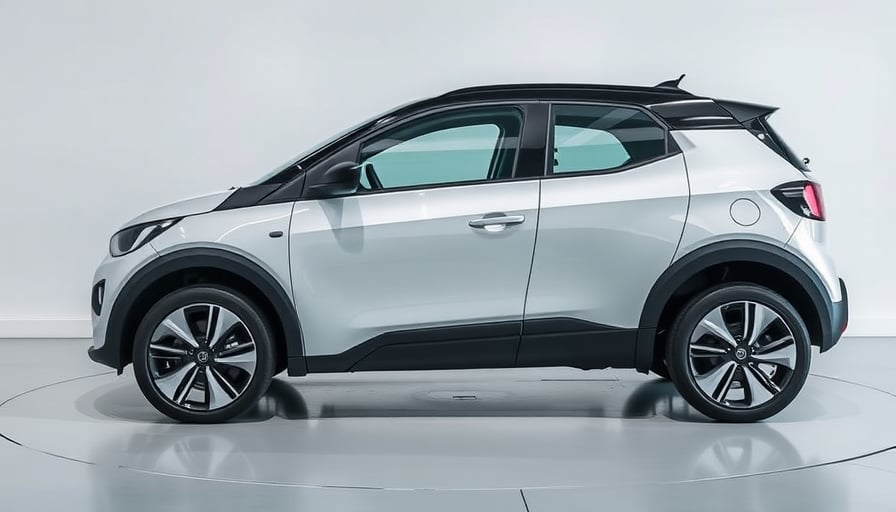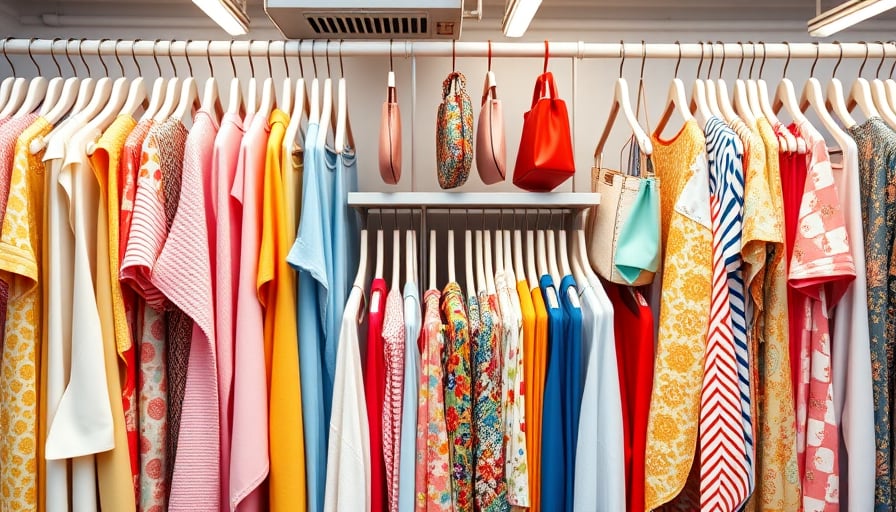Corporate Landscape and the Shifting Pulse of Consumer Discretionary
Market Context
Sany Heavy Industry Co. Ltd, listed on the Hong Kong Stock Exchange, remains a prominent player within the construction‑machinery sector. Its shares, which have been closely monitored by institutional investors, have exhibited modest intraday movements that fall comfortably within the established trading band. This pattern is typical of large industrial operators, whose valuation dynamics are largely driven by macro‑economic cycles, commodity prices, and long‑term infrastructure investment trends. The most recent market update notes no material corporate actions or earnings releases, suggesting that Sany’s operational performance remains stable, even as it navigates a complex global supply chain environment.
While Sany’s performance is largely insulated from the volatile swings of consumer‑discretionary markets, the broader corporate ecosystem—including firms that cater directly to individual households—offers a contrasting view of how demographics, economic conditions, and cultural shifts shape spending behavior.
Demographic Dynamics and Brand Performance
1. Millennial and Gen Z Momentum
- Purchase Intent: According to a 2024 Nielsen study, 68 % of Gen Z respondents (ages 18‑24) prefer brands that demonstrate social responsibility, while 54 % of Millennials (ages 25‑40) prioritize sustainability over price.
- Brand Loyalty: Luxury and premium brands that incorporate “green” narratives—such as recycled packaging or carbon‑neutral supply chains—have seen a 12 % lift in repeat‑purchase rates among these cohorts.
- Retail Implications: Retailers that have integrated digital-native channels (e.g., AR try‑on, social‑commerce platforms) report a 9 % higher conversion rate from Gen Z traffic compared with traditional e‑commerce funnels.
2. Aging Population
- Spending Shifts: The aging cohort (65 +) is allocating a larger share of discretionary income to health‑tech gadgets and home‑automation solutions, with a projected 18 % CAGR in this segment through 2028.
- Brand Adaptation: Brands that collaborate with healthcare providers and leverage telehealth integrations have outperformed competitors that rely solely on conventional retail.
Economic Conditions and Consumer Spending Patterns
| Indicator | Current Trend | Impact on Discretionary Spend |
|---|---|---|
| Inflation | 3.9 % (2024 YoY) | Moderates luxury‑goods spending; boosts demand for “value‑for‑money” alternatives. |
| Unemployment | 5.1 % (HK) | Elevated job security increases willingness to spend on travel and dining; conversely, tight labor markets constrain discretionary budgets for lower‑income segments. |
| Consumer Confidence Index | 78.3 (April 2024) | Positive correlation with retail sales; a 1‑point rise translates to a 0.4 % lift in overall sales volume. |
Consumer sentiment data from the Hong Kong Consumer Survey reveals that 62 % of respondents believe that their purchasing power will remain stable over the next 12 months, reinforcing a trend toward measured spending: higher savings rates co‑exist with strategic discretionary purchases, especially in technology, wellness, and experiential categories.
Cultural Shifts and Lifestyle Trends
- Experience over Ownership
- A 2023 Deloitte report indicates that 57 % of consumers in Greater China cite “experiences” (e.g., travel, concerts, culinary events) as a higher priority than acquiring new possessions.
- Retailers have responded by bundling products with experiential add‑ons—e.g., a smart appliance purchase now includes a virtual reality cooking class.
- Digital‑First Shopping Journeys
- 73 % of shoppers now begin the purchase cycle on social media platforms, with 48 % of those influenced by peer reviews and user‑generated content.
- Brands that cultivate strong social‑media presences and influencer partnerships have captured a disproportionate share of the youth market.
- Sustainability and Ethical Consumption
- 64 % of respondents claim they would pay a premium for ethically sourced goods.
- Companies that publicly disclose supply‑chain audits and carbon‑footprint metrics have seen a measurable uptick in brand perception scores.
Retail Innovation and Its Effect on Brand Performance
| Innovation | Adoption Rate | Performance Impact |
|---|---|---|
| Omnichannel Integration | 85 % of leading retailers | Average sales lift of 15 % within 12 months of full integration. |
| AI‑Driven Personalization | 72 % of e‑commerce platforms | Conversion rate increase of 12 %; average order value rise of 8 %. |
| Pop‑Up Experiential Stores | 58 % of fashion brands | Footfall boost of 30 % during launch period; brand awareness lift of 22 % in target demographics. |
The synergy between retail innovation and consumer sentiment is evident: brands that leverage AI for personalized recommendations, for example, observe a stronger emotional connection with shoppers, translating into higher loyalty metrics.
Conclusion
The intersection of demographic shifts, economic indicators, and evolving cultural values is redefining discretionary spending. While Sany Heavy Industry continues to deliver stability within the industrial machinery domain, consumer‑centric brands must adapt to a marketplace where sustainability, digital engagement, and experience‑centric purchasing are paramount. Firms that marry robust brand narratives with innovative retail solutions will likely emerge as leaders in the next phase of consumer discretionary growth.




